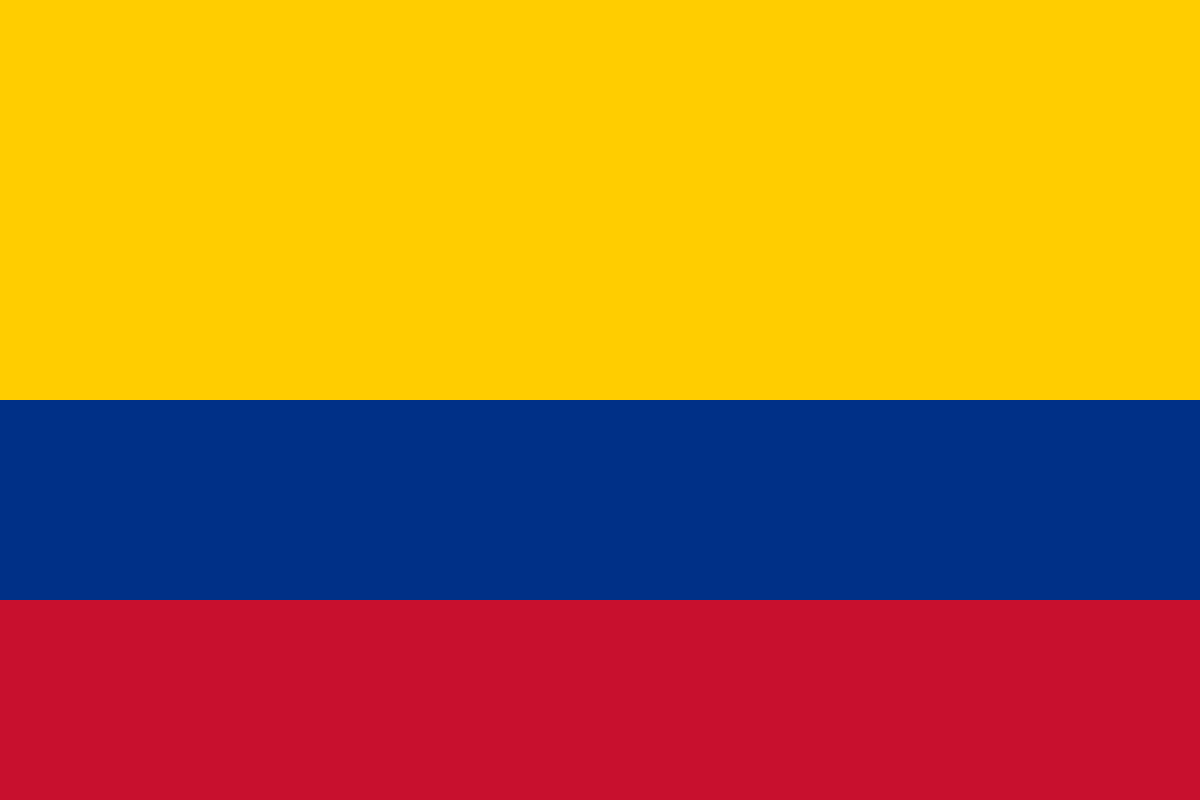Journeying Through the Aromas of Colombian Coffee
Colombian coffee, often hailed as one of the finest in the world, is a jewel in the crown of Latin America’s coffee-producing nations. The country’s coffee industry has not only shaped its economic landscape but has also become synonymous with high-quality Arabica beans, cultivated with care and precision across the breathtaking landscapes of the Andes. In this essay, we delve into the unique characteristics, cultural significance, and global impact of Colombian coffee.
Colombia’s coffee regions are intricately woven into the folds of the Andes, creating a mosaic of microclimates that foster the cultivation of exceptional coffee beans. The three primary coffee-growing regions – Huila, Antioquia, and Tolima – each contribute distinct flavors and profiles to the Colombian coffee portfolio.
Colombian coffee is celebrated for its well-balanced acidity, medium body, and a flavor spectrum that dances from citrusy brightness to cocoa richness. The elevation at which the coffee is grown plays a crucial role in shaping these profiles. The high-altitude plantations, often reaching 6,000 feet and above, impart a unique complexity to the beans, allowing them to develop slowly and fully.
Colombian coffee is predominantly Arabica, prized for its nuanced flavor, moderate acidity, and aromatic qualities. The Arabica beans grown in Colombia benefit from the country’s ideal coffee-growing conditions – fertile volcanic soils, consistent rainfall, and a range of temperatures that create the perfect environment for slow, optimal maturation.
Coffee is not merely an agricultural commodity in Colombia; it is a cultural touchstone deeply embedded in the nation’s identity. The Colombian Coffee Growers Federation, established in 1927, has played a pivotal role in promoting and protecting the interests of coffee producers. The iconic Juan Valdez, a fictional character created to represent Colombian coffee farmers, has become a symbol of the country’s dedication to quality.
Nestled within the Andes, the Coffee Triangle, comprising the regions of Caldas, Quindío, and Risaralda, is a UNESCO World Heritage site recognized not only for its stunning landscapes but also for its contribution to the global coffee industry. Traveling through this region, one encounters lush coffee plantations, where the meticulous cultivation and harvesting processes unfold against a backdrop of verdant hills.
Colombian coffee is more than a beverage; it is a sensory journey through the peaks and valleys of the Andes, a testament to the dedication of generations of coffee growers, and a celebration of the natural beauty that shapes its flavor. As we sip a cup of Colombian coffee, we partake in a tradition that transcends borders, connecting us to the rich tapestry of Latin American coffee culture and the enduring legacy of excellence that elevates each Colombian bean.
Tags: coffee growers, columbia

